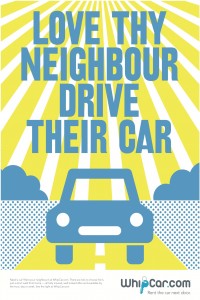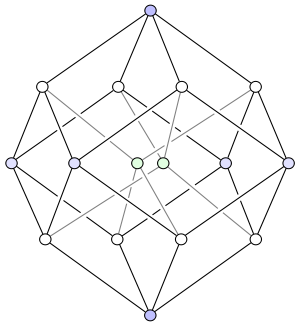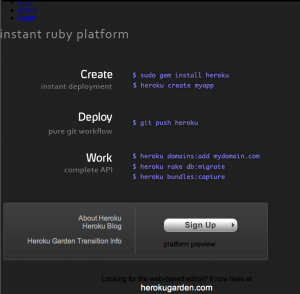You’ve seen it. The red eyes… An ennui for life…
The drained sadness of someone who has been lost for weeks in a customer support ticket tracking system.
At mySociety (the awesome Internet democracy charity I was on the founding team of) we tried using Request Tracker for a while, and quickly fled.
We could flee, because we had the comfort of a simple email based system to return to.
It worked like this:
a) All support or feedback email comes in to a particular address (we used team@ – for example team@theyworkforyou.com for the site TheyWorkForYou)
b) That address is set up as an alias (like a group in Google Apps) to transparently forward mail to everyone working on that product.
c) Everyone filters their email, so those support emails all go into a special support folder.
d) When replying to customers, always use reply to all. This is so replies go into everyone else’s support folder, both so they have a record, and so they know the customer has been replied to.
e) When either you or someone else have fully dealt with a mail or a thread, archive it. Otherwise, leave it in the support folder.
f) Be really disciplined about this. Anything in the support folder represents a customer who isn’t satisified.
g) Make sure at least one person on the team goes and looks at slightly older, harder messages, and bullies appropriate people into resolving them one way or the other.
This particularly works well early on in a product, when there is relatively little support. It’s particularly important then that everyone working on the product lives and breathes the customers. Even just seeing the emails go past with other people answering them can help with that.
I’ve used it to manage support for probably a dozen web products in total. It’s surprisingly robust…
It worked well (and still does as far as I know!) with half a dozen volunteers on WhatDoTheyKnow. It worked fine even when we were launching the Downing Street petitions system, with millions of users and front page newspaper stories (Matthew had many long sessions of email answering – and that’s a good thing!). We’ve just been looking at customer support systems for ScraperWiki, the startup that I run.
The main products (like ZenDesk) seem to be aimed, both in price and functionality, at larger, more corporate organisations than we are. They look overly complicated, we really only need something as featured as the Github Issues tracker.
I don’t know what we’ll move to using yet – that’s partly why I’m writing up a description of mySociety’s email based system.
It could perhaps be simplified by using a shared GMail account. Careful use of labels and folders would also make it more powerful.
It would need some training and discipline. Everyone handles their personal email differently. When it is customer support requests, it needs more discipline than just chilling out in the tao of a flow of passing messages.
This is natural to people who have the horrible habit of using email as a todo list, less so to anyone else.
Comments please! What questions do you have about the above system?
And can you recommend a lightweight customer support tracker?





















